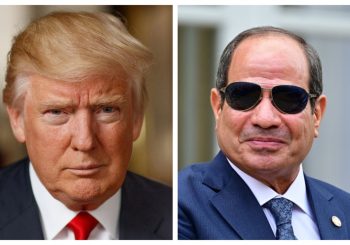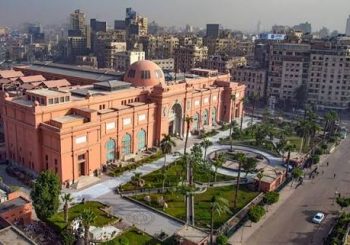An era characterised with an air of revolutionary tension, the 1950s through the 1970s, led to ingrained change in the Middle East and North Africa (MENA). The relationships between nations and governments were placed under great scrutiny, often challenged and contested with vigour, due the newfound freedoms following independence from colonial powers.
At this time, Egypt was considered one of the largest and most powerful countries in the region, not only due to the size of its population but also widespread cultural influence and an immensely charismatic president in Gamal Abd El Nasser.
Nasser championed the nation of pan-Arab nationalism as a means to unite all Arab people in the MENA region. According to the ‘Philosophy of the Revolution‘ by Nasser, “there is an Arab circle surrounding us and this circle is as much a part of us as we are a part of it.”
Rashid Khalidi, a prominent professor of Modern Arab Studies at Columbia University, believes that this pan-arabist ideology revolves around “the idea that the Arabs are linked by special bonds of religion, history, and language and their political organisation should reflect this reality in some way.”
Nasser’s ambitions of pan-arabism were realized with the establishment of the United Arab Republic (UAR) in 1958. A political union between Egypt and Syria, the UAR, was envisioned to become a symbol of Arab unity, and eventually a larger pan-arab state. However, this political union would only last for a mere three years plagued by uncertainty and division stemming primarily from a highly centralised, unequal governance structure.
And so ensued the decline of Arab unity.
What, then, happened to the UAR, and Nasser’s grand visions for pan-arabism in the region?
Internally, Nasser had struggled to find an appropriate political system that would serve the UAR. Although Syrian leaders and the Baathist party had been demanding closer military and economic unification since 1955, Nasser hesitated to share power with the Syrians.
Nasser began to eliminate the Baath party from power after a year of outward partnership; and by the start of 1960, many Baathists were alienated from governance. Political parties were banned entirely, and the National Union was founded as a governing organisation.
Under the guidance from Nasser, the cabinet for UAR would also be chosen in a nonegalitarian fashion: the Egyptian members would have dominant representation, holding 20 of the 34 seats, and with control over the ministries of foreign affairs, defence, national guidance, and education.
The adoption of a rigid economic structure, both in Egypt and Syria, which focused on the nationalisation of all the banks, insurance companies, and several industrial and commercial corporations had created great hardship. As a result, economic performance began to stagnate, especially in the sectors of agriculture and commerce, which were vital for the livelihoods of the Syrian people.
Nasser left no public or private institution untouched and unaffected.
It was apparent that Nasser’s increased government control over the economy, coupled with the centralisation of the UAR’s governing structure had worked to isolate Syrian leadership and frustrate Syrian society.
However, according to Mustapha Kamel Al-Sayyid, a leading professor of Political Science at Cairo University, even if these “conditions were met – a solid federal framework, a more open political system , and a more balanced division of power and prestige – might not have been sufficient to maintain this ‘amalgamated political community.”
The UAR’s experience teaches us that whilst Arab societies share a great deal, in terms of traditions, language and history; a sustainable political union can not be found exclusively on shared culture and common aspirations but grounded in the preservation of concrete interests and equality.






Comment (1)
[…] was known as the United Arab Republic from 1958 until 1971, never fully materializing as Nasser intended it to […]